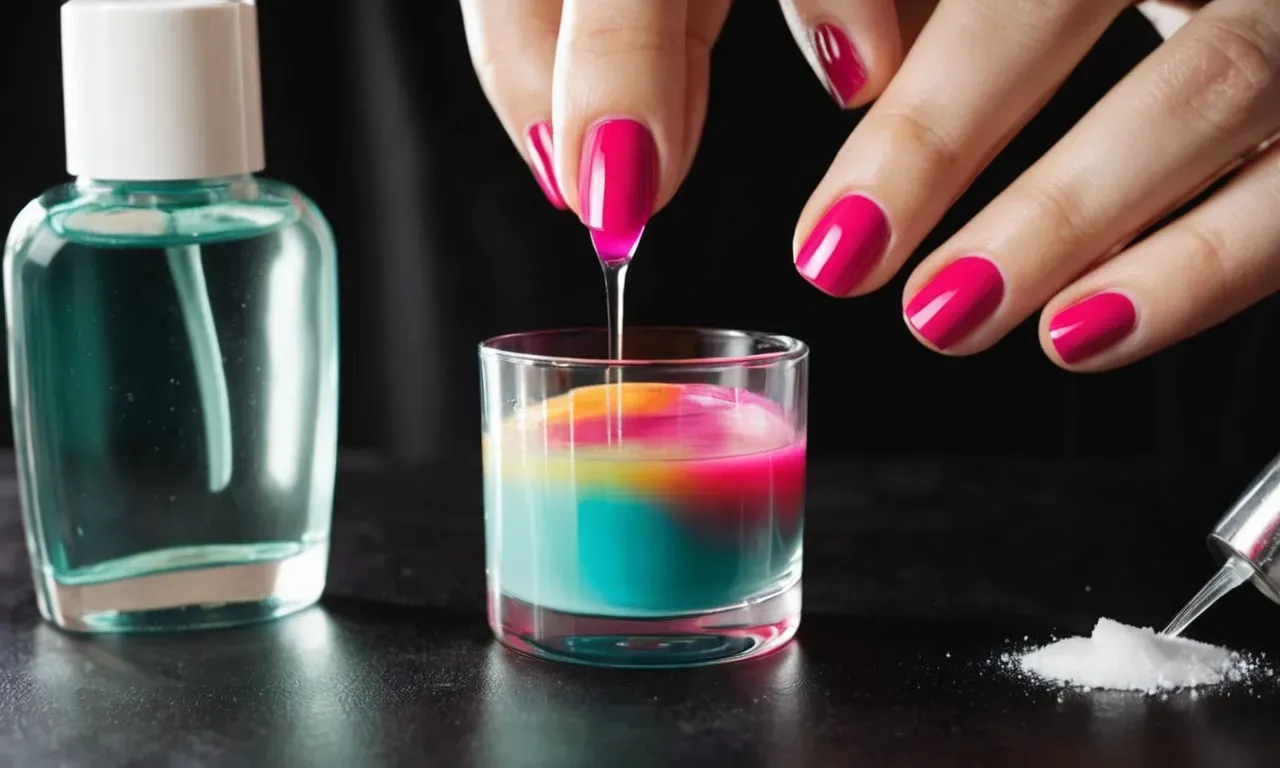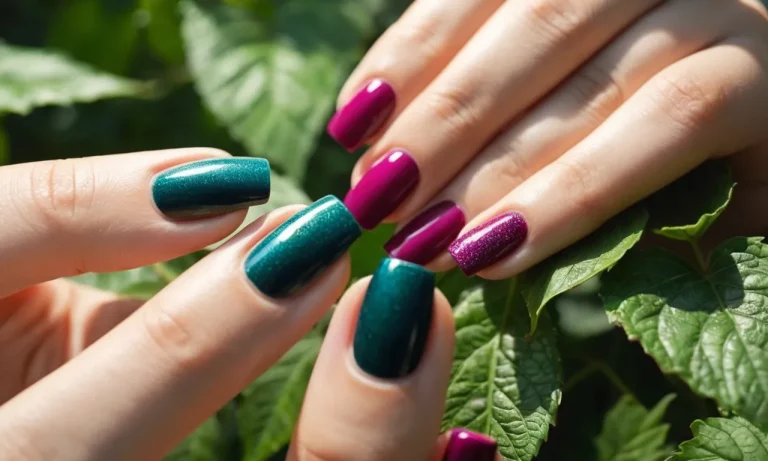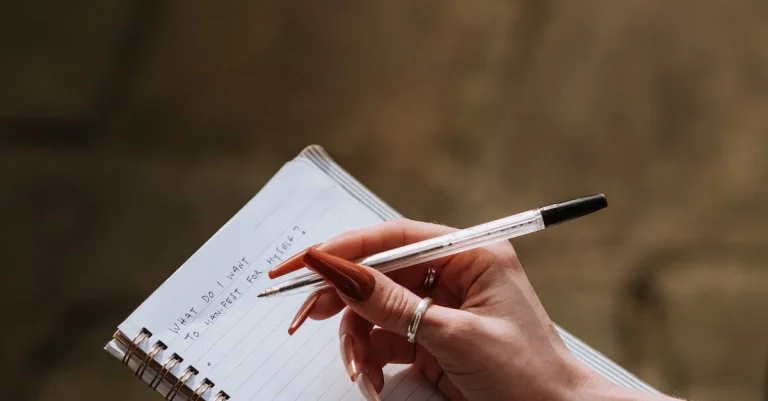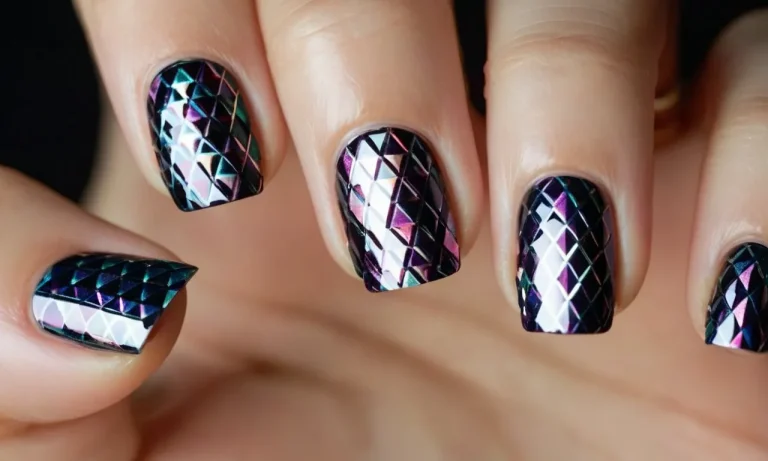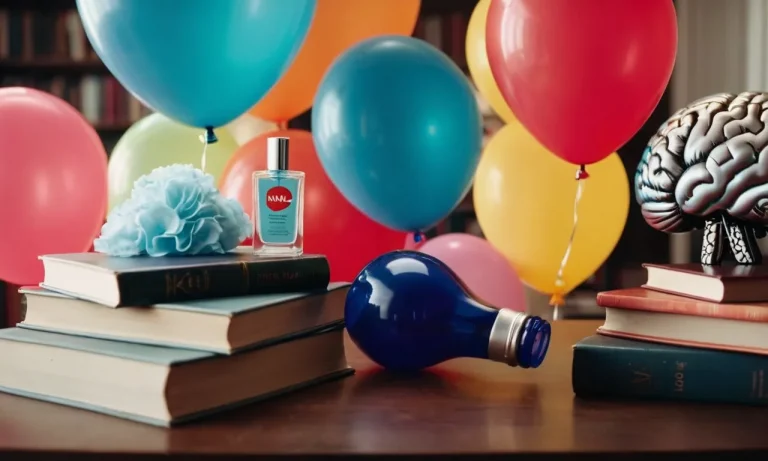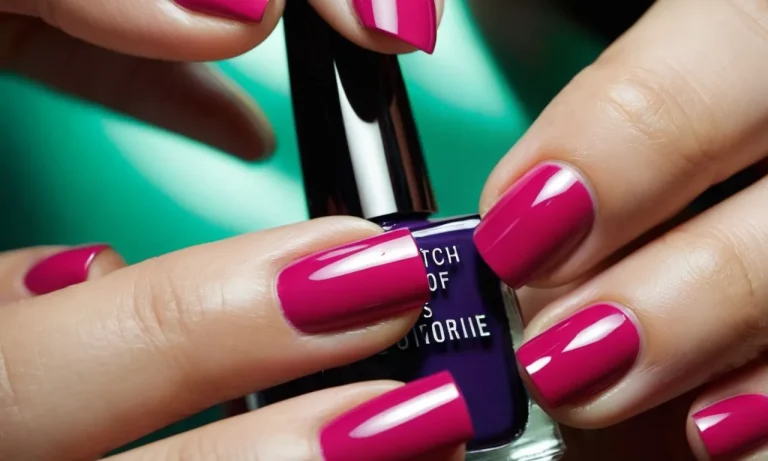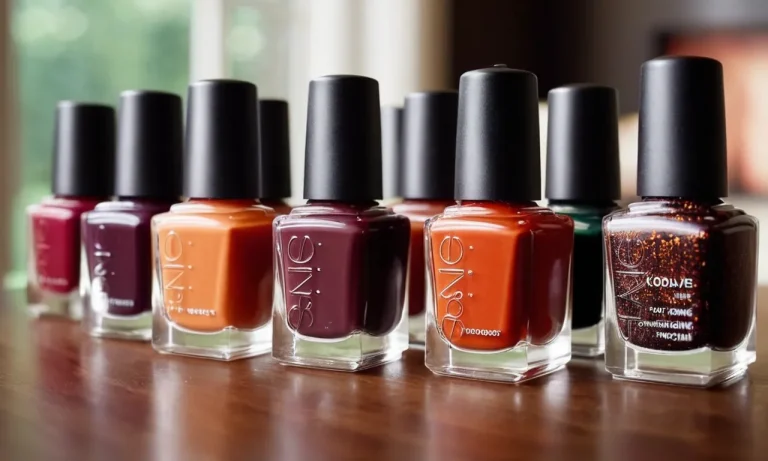How To Properly Dispose Of Nail Polish
Nail polish is a staple in many people’s beauty routines, providing a pop of color and flair to fingernails. But when it’s time to say goodbye to old, dried out polishes, you can’t just toss the bottles in the trash. Improper disposal of nail polish can be harmful to the environment and human health.
So what’s the right way to throw out nail polish?
If you’re short on time, here’s a quick answer to your question: The safest way to dispose of nail polish is to bring it to a household hazardous waste facility or special collection event in your community.
Many nail polishes contain chemicals and metals that should not go into landfills or down the drain.
In this comprehensive guide, we’ll go over everything you need to know about properly disposing of nail polish at home and in your community. We’ll cover reasons to avoid putting polish in the trash or pouring it down the drain, recommendations for emptying bottles safely at home, plus locations and schedules for hazardous household waste collection events and facilities in most areas.
Dangers of Nail Polish in Landfills and Waterways
Toxic Chemicals
Nail polish contains many harmful chemicals like formaldehyde, toluene, and dibutyl phthalate. When nail polish gets disposed of improperly and ends up in landfills or waterways, these toxic ingredients can leach into soil and groundwater, causing environmental pollution.
Long-term exposure to even small amounts of these chemicals is linked to cancer, birth defects, respiratory issues, and hormonal disruption.
A study by the Environmental Protection Agency found troubling levels of dibutyl phthalates in women working in nail salons. This highlights the dangers of exposure to the chemicals in nail polishes and lacquers.
Environmental Pollution
When nail polish is washed down the drain, it can contaminate wastewater and disrupt operations at treatment plants. The glitter, plastic polymers, and pigments in polishes do not break down easily and can persist in the environment.
A study published in the journal Environmental Science & Technology found that nail polish was a major source of microplastic pollution in wastewater. Tiny plastic particles from nail polishes were found accumulating in waterways, threatening marine life.
Harm to Sanitation Workers
Sanitation workers are at risk when handling discarded nail polish that contains toxic ingredients like toluene and formaldehyde. Extended exposure to fumes from waste nail lacquers can cause headaches, dizziness, and irritation of the eyes, skin, nose and throat.
According to the Occupational Safety and Health Administration, there are over 100,000 acute illnesses and injuries among solid waste handlers annually in the United States. Proper disposal of nail polish can help reduce hazards for workers.
How to Safely Empty and Dispose of Nail Polish Bottles at Home
Work in a Well-Ventilated Area
When emptying and disposing of nail polish bottles, it’s important to work in an area with good ventilation. Nail polish contains chemicals like acetone, ethyl acetate, and nitrocellulose that can be irritating to breathe in high concentrations.
Opening windows or working outside on a breezy day can help dilute the fumes. You may also consider wearing a mask or respirator while emptying bottles of polish. Avoid emptying multiple bottles at once in a small, enclosed space.
Remove Remaining Polish
Before disposing of empty nail polish bottles, remove any remaining traces of polish inside. Try rolling a paper towel or small piece of cloth into the neck of the bottle to soak up excess polish. You can also fill the bottle about 1/4 full with nail polish remover and shake vigorously, then empty the remover and repeat until the bottle is clean.
Removing excess polish will help limit odors and leaks during the disposal process.
Absorb Liquid Residue
Once most of the polish is removed, place a few crumpled paper towels or cotton balls into the empty bottle and allow them to absorb any remaining liquid residue. Let the bottle sit for a day or two to fully dry out.
The absorbent materials will help soak up traces of chemicals and make the bottle safer for disposal. Be sure to wear gloves when handling used paper towels or cotton balls, and discard them in the regular trash once dry.
Empty into Trash
Finally, the empty, dried out nail polish bottles can be disposed of in your regular household trash. Do not pour leftover polish or remover down the drain, as this can be harmful to waterways. You also should not burn nail polish bottles or place them in recycling due to their chemical composition.
The safest option is to simply place the dried bottles in a trash bag for pickup with the rest of your waste. With a few easy steps, you can safely empty and dispose of nail polish without putting yourself or the environment at risk.
Locating Hazardous Household Waste Collection Sites
Permanent Facilities
Many local governments have permanent household hazardous waste collection facilities where residents can properly dispose of products like nail polish that contain harsh chemicals. These facilities are often open year-round on specific days and accept polish and other hazardous items like paint, pesticides, batteries, and cleaning products.
Checking your city, county, or state environmental or recycling department’s website is the best way to find permanent collection sites nearby.
Special Collection Events
If there are no permanent facilities near you, many communities will hold special household hazardous waste collection events a few times a year, often in the spring and fall. These single-day recycling drives allow you to clear out nail polish and other hazardous items in an environmentally responsible manner.
Check your local recycling or public works department’s calendar for upcoming events.
What to Expect at Drop-Off
When you go to dispose of nail polish at a hazardous waste event or facility, expect to hand your items over to staff or volunteers who will pack materials into safe containers. You typically can’t just leave polish bottles in a bin for workers to sort.
Be prepared to list types and amounts of what you are dropping off. Facilities often post lists of accepted materials on their websites before events.
Polishes Accepted and Not Accepted
Most household hazardous waste sites will take any color nail polish, both liquid formulas and gel polishes that require LED light curing. However, facilities generally can’t accept nail polish if it’s past its expiration date or is already dried out and hardened.
Certain communities will also refrain from taking polish and other chemicals from businesses – these collections focus specifically on residential hazardous materials. When in doubt, check with your local program before showing up with polish to dispose.
Properly disposing of nail polish through community hazardous waste programs keeps harsh ingredients like solvents, pigments, and preservatives out of local landfills and prevents chemicals from leaching into groundwater.
By handing polish over to experts in environmental protection, you can feel good about keeping your community safe and healthy.
Alternative Ways to Reduce Nail Polish Waste
Buy Less Polish
One great way to reduce nail polish waste is to simply buy less polish. With so many new colors and trends, it’s tempting to buy a new bottle regularly. But limit yourself to only buying polish when you run out of a color you really love.
Skipping buying that latest trendy shade means one less bottle that could end up in the trash.
Look for Safer Formulas
When you do need to buy nail polish, look for brands that use safer formulas without controversial ingredients like toluene, formaldehyde, and dibutyl phthalate (DBP). These chemicals are less safe for you and the environment.
There are lots of great natural polish lines like Zoya, OPI’s Nature Strong line, and Karma Organic Nail Polish.
Swap with Friends
Host a nail polish swap party! Invite friends over and have everyone bring a few gently used polishes they don’t want anymore. You can swap colors and try new shades without buying anything new. This is a fun way to get “new” polish colors and reduce waste at the same time. What an awesome idea!
Repurpose Empties
When you do finish a bottle, reuse or repurpose it before throwing it out. Some creative ways to repurpose empty bottles:
- Use them to store small items like pins, screws or earrings.
- Make them into little vases for small flowers.
- Mix together empty bottles to make a custom nail polish color.
Getting a second use out of your empties keeps them out of landfills a little longer. 🙂
Conclusion
Disposing of nail polish properly is important for keeping hazardous chemicals out of environmental waste streams. Safely emptying bottles at home before bringing them to a household hazardous waste facility ensures these products get safely handled.
With some smart shopping habits and waste reduction tricks, you can also curb usage of nail polish over time. Follow these recommendations for cleaning out old polishes without harming yourself or your community.

